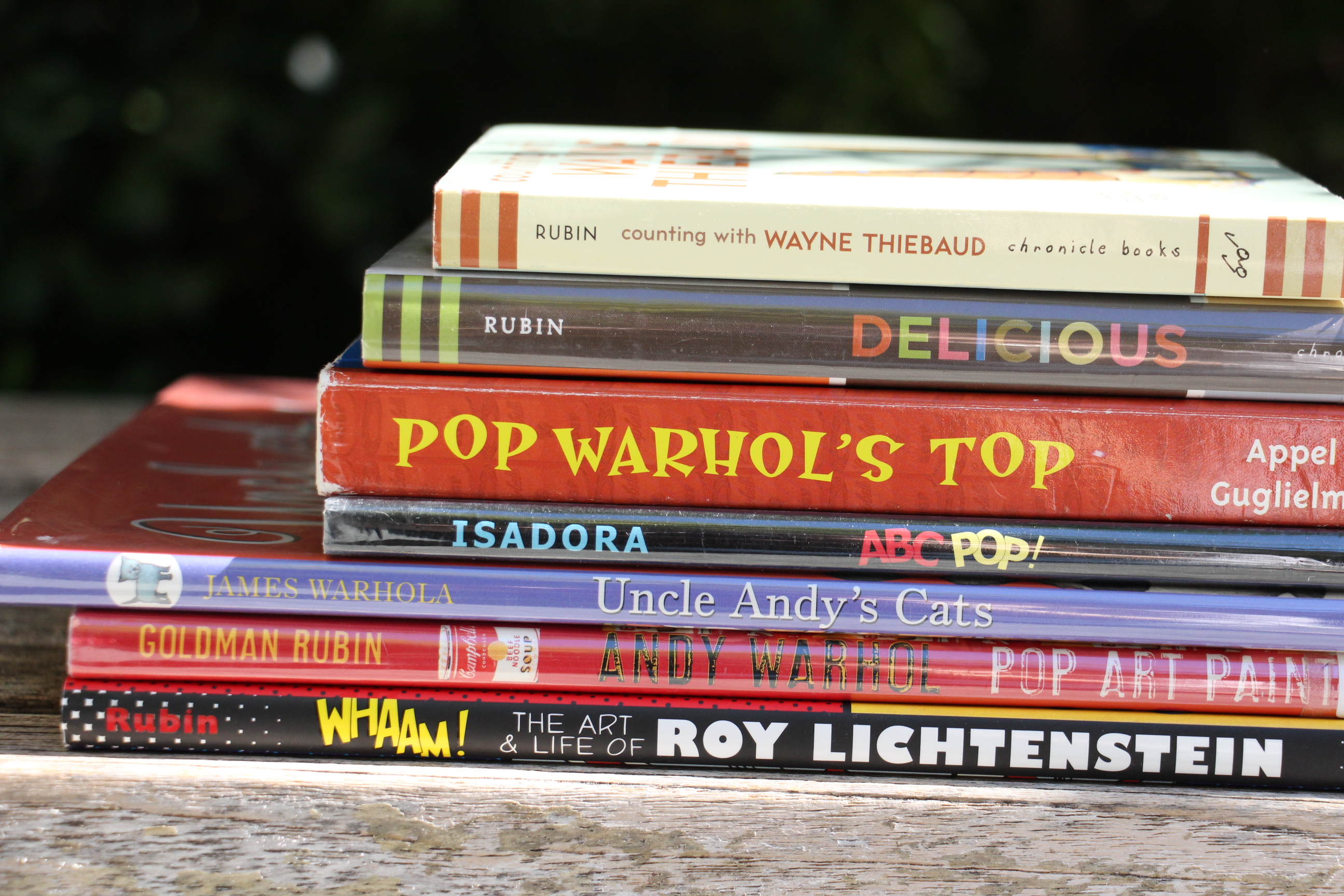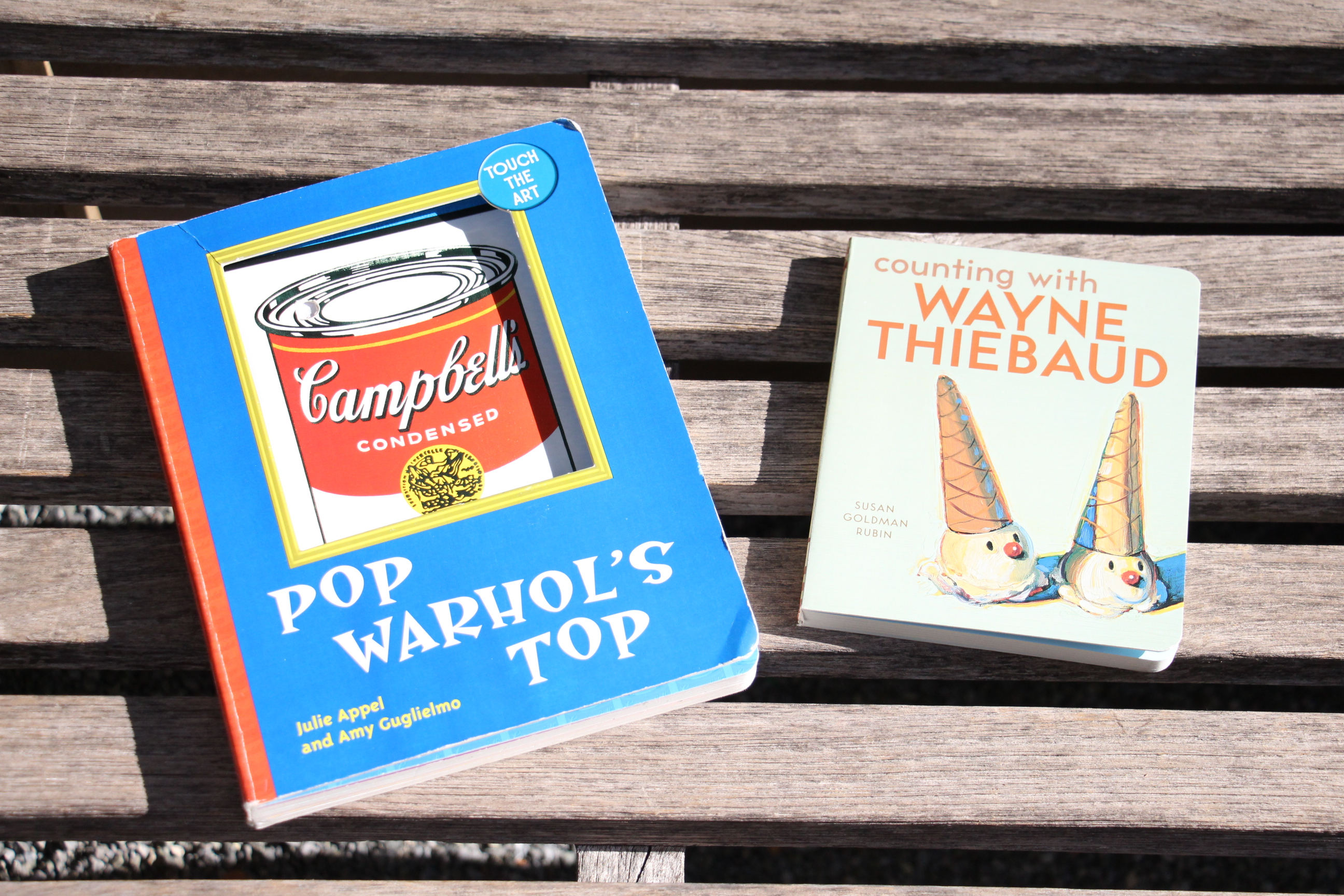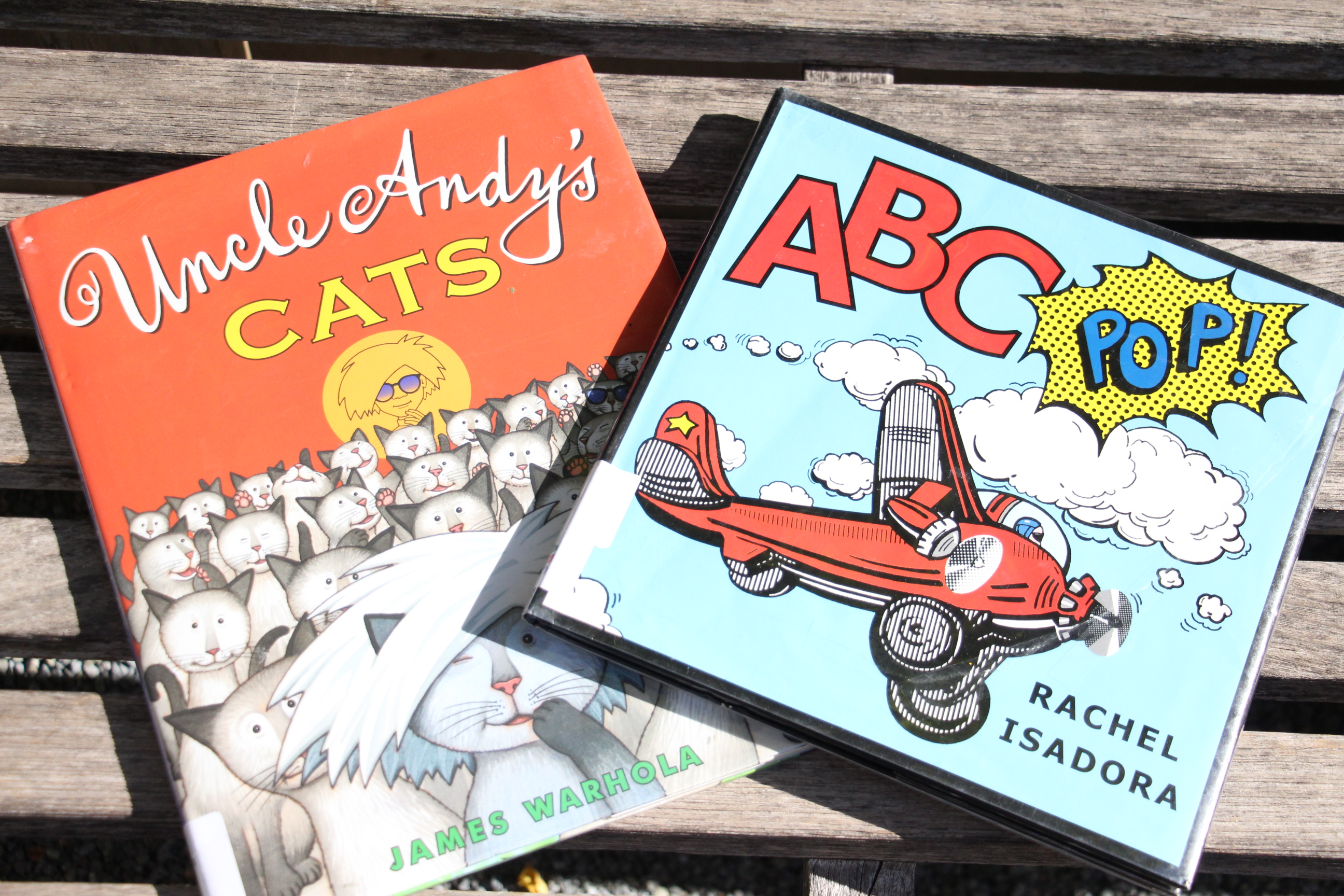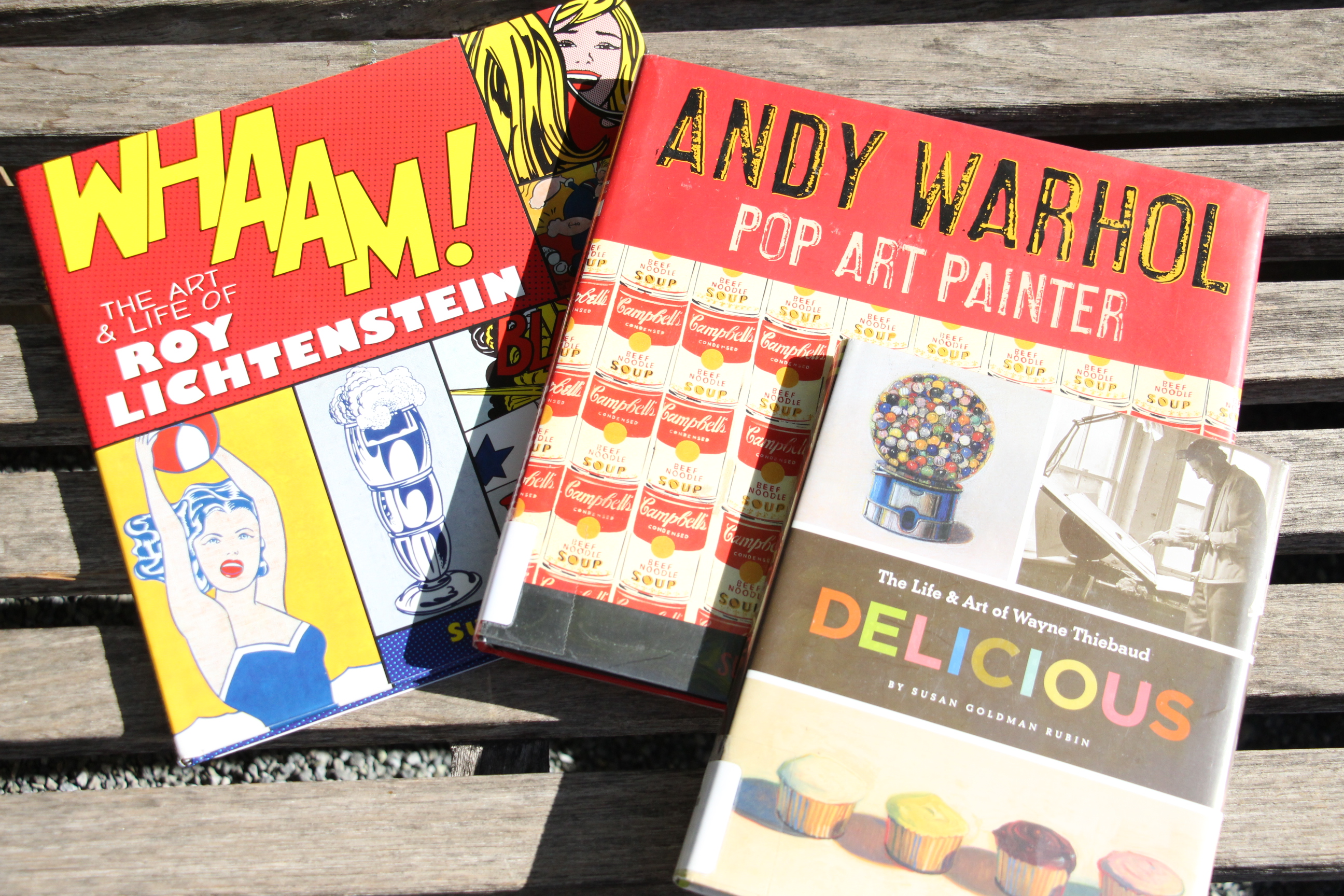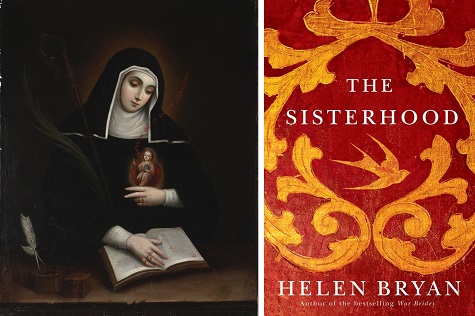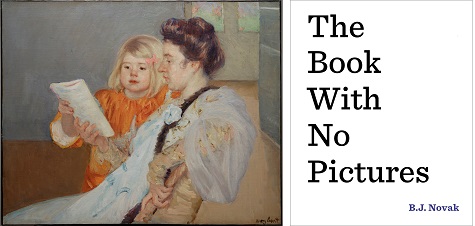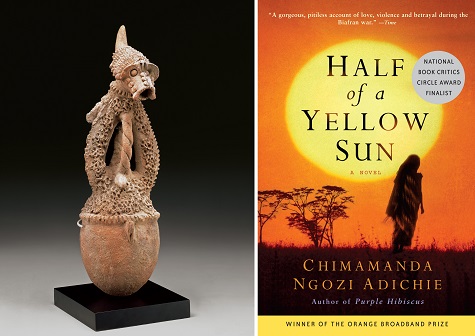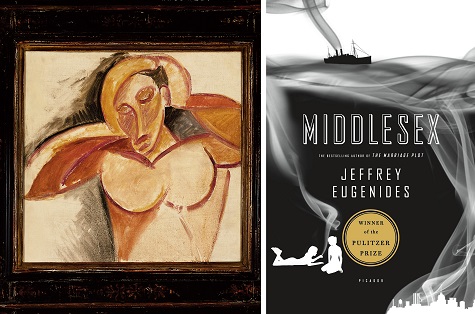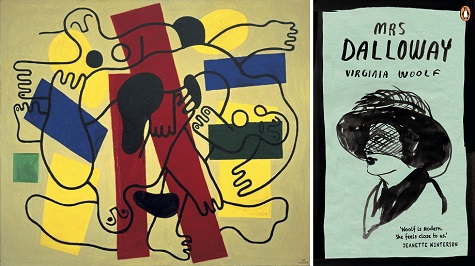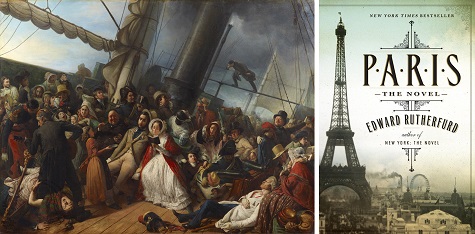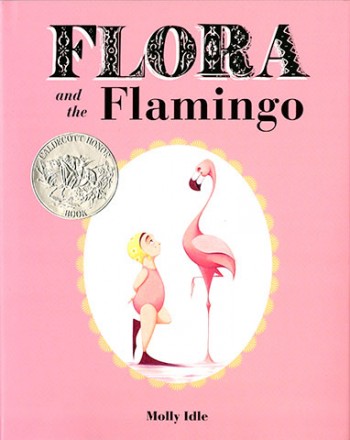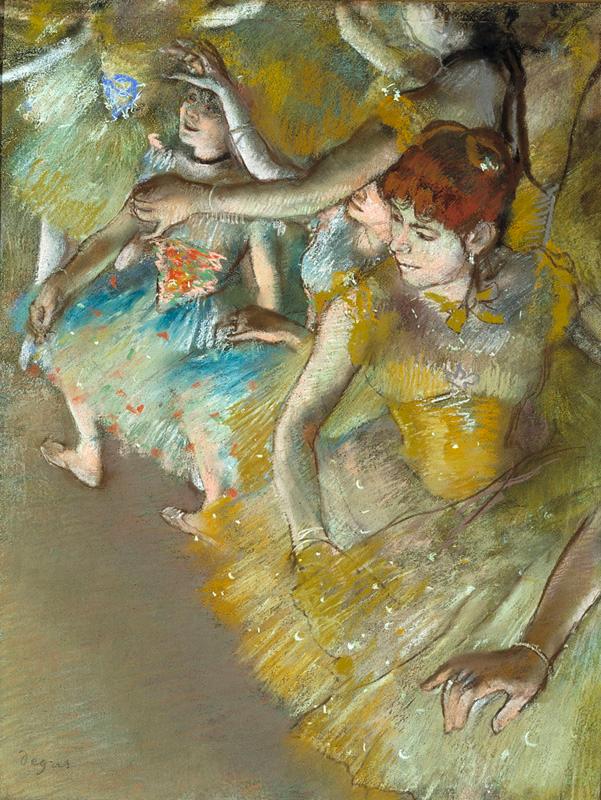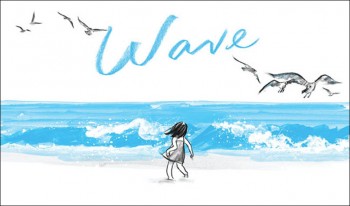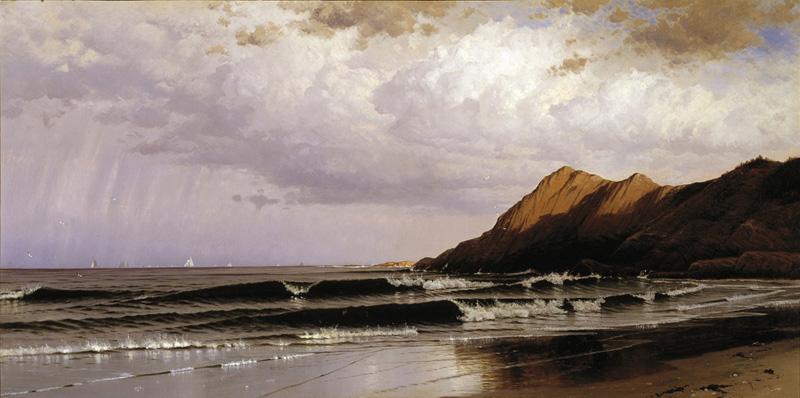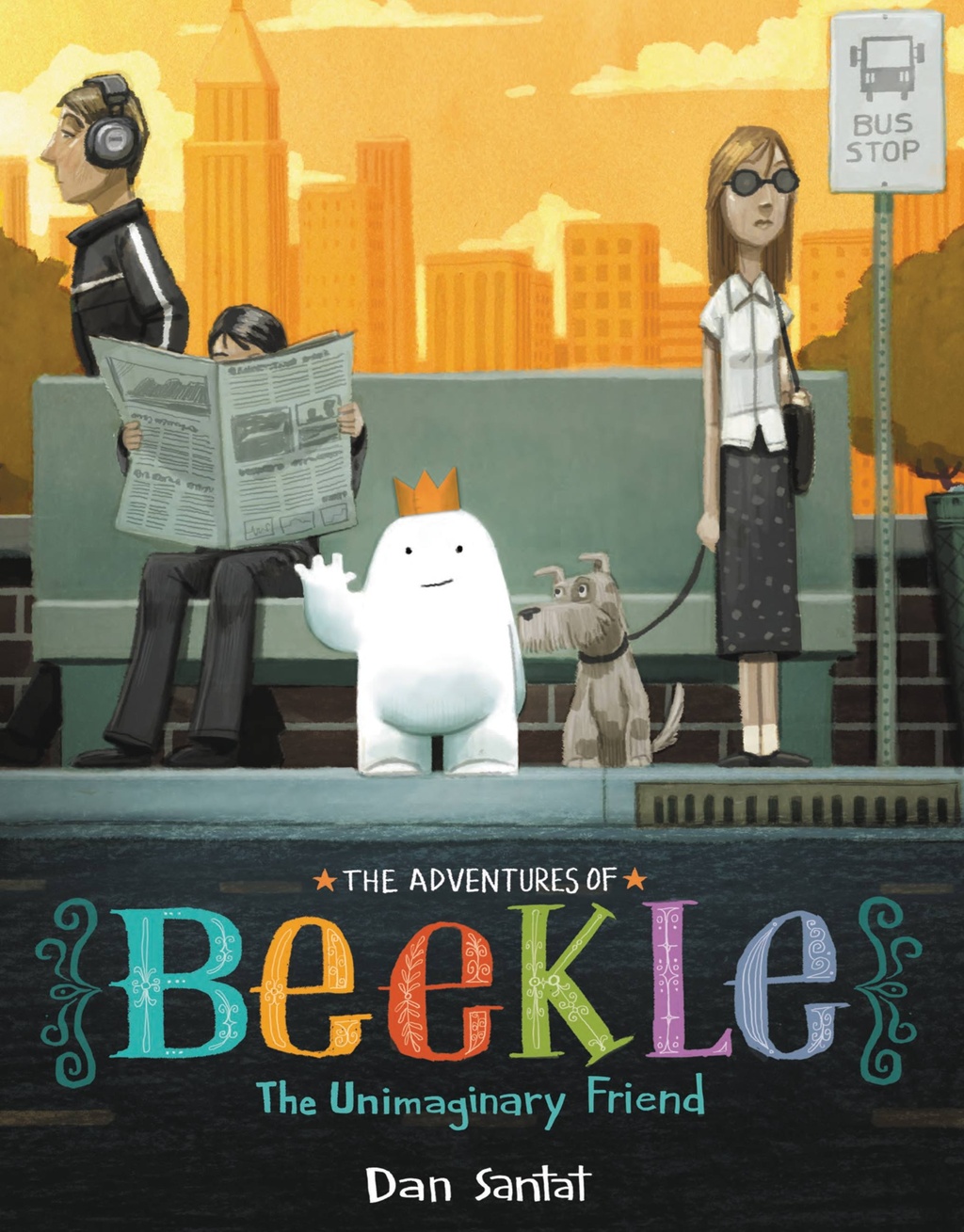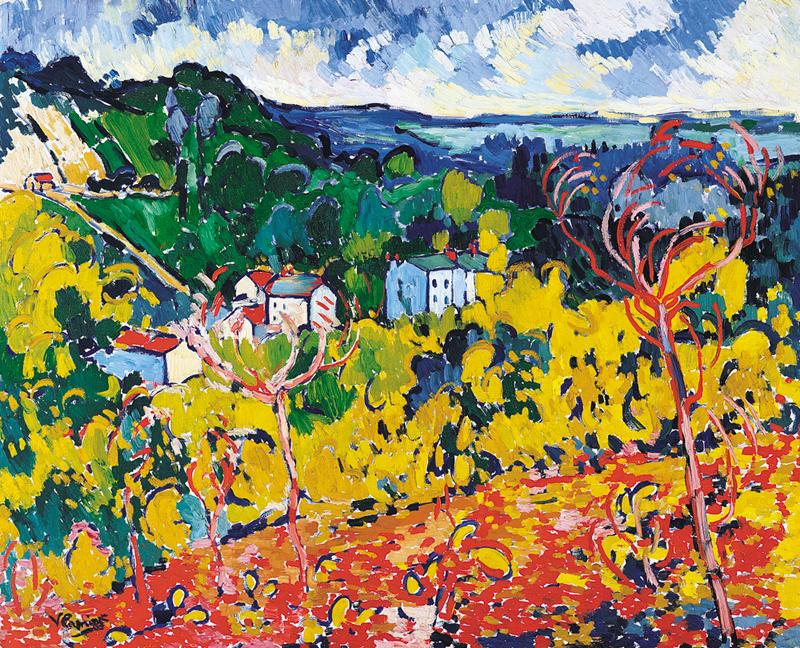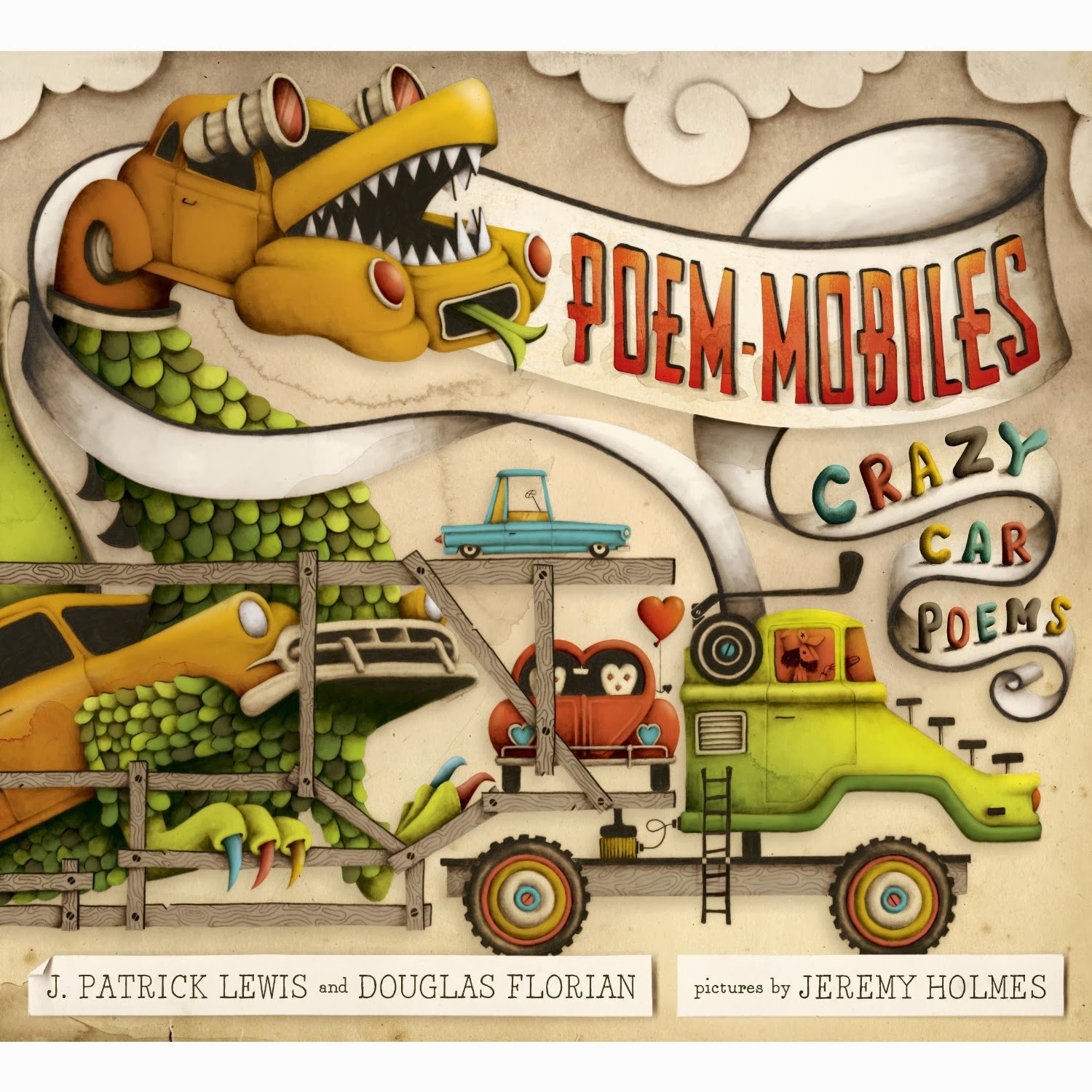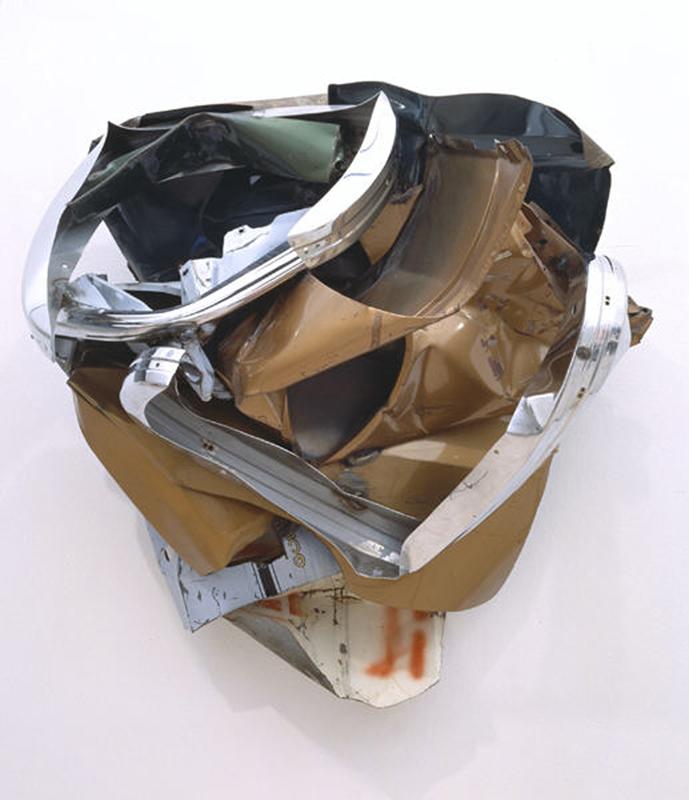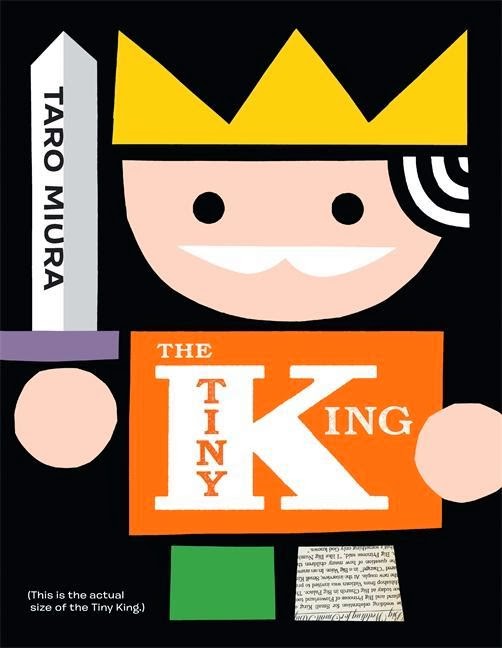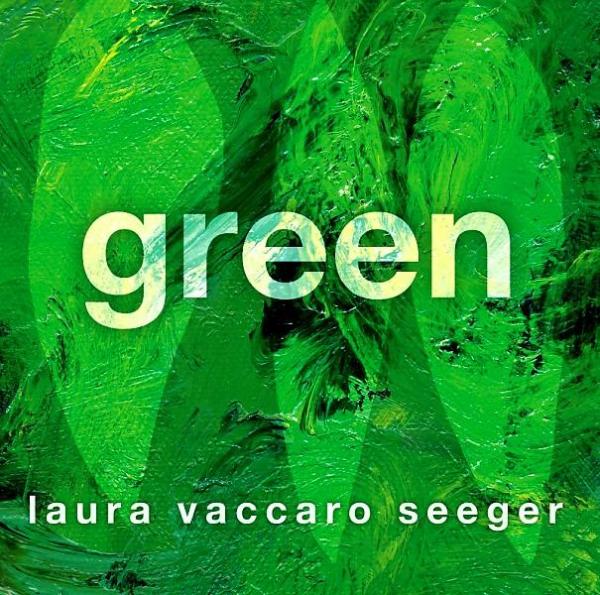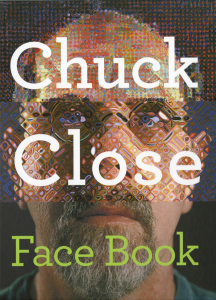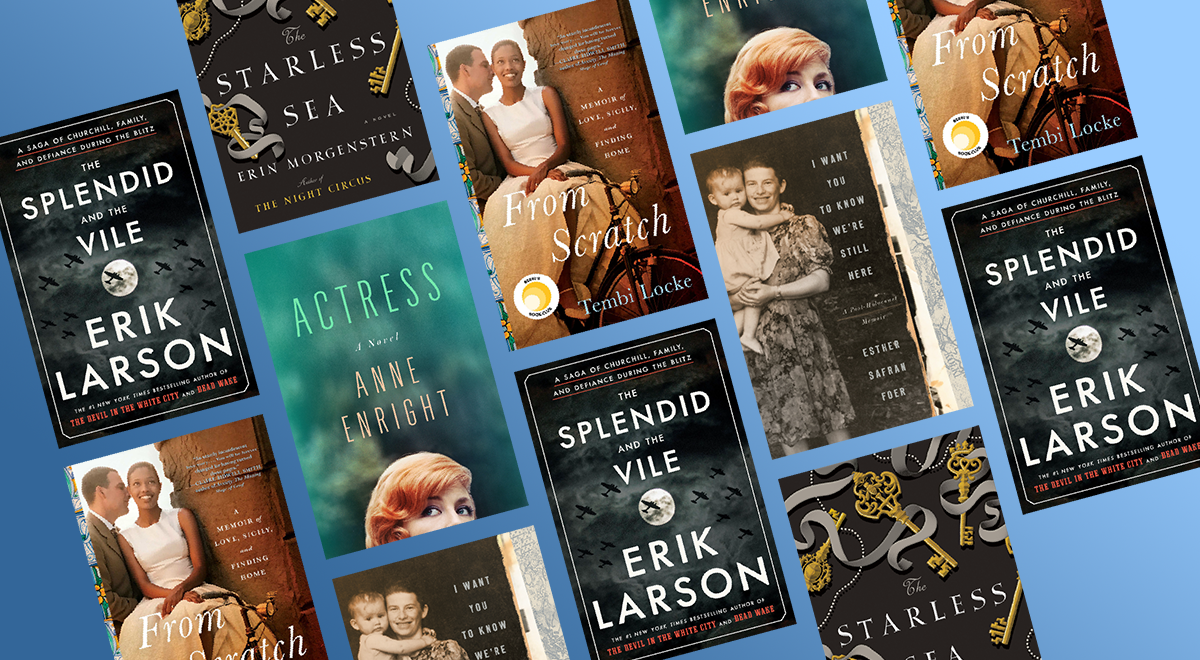
Do you have a New Year’s resolution to read more books? The Arts & Letters Live team is here to help you jump start your reading goal and keep you updated on exciting new releases. Check out the selections of authors and books we’re looking forward to hearing and reading in our upcoming 29th season. Take a moment to peruse Arts & Letters Live’s 2020 season and consider giving yourself or your favorite bookworms the memorable experience of hearing authors talk about their latest books and share insights about their creative process.
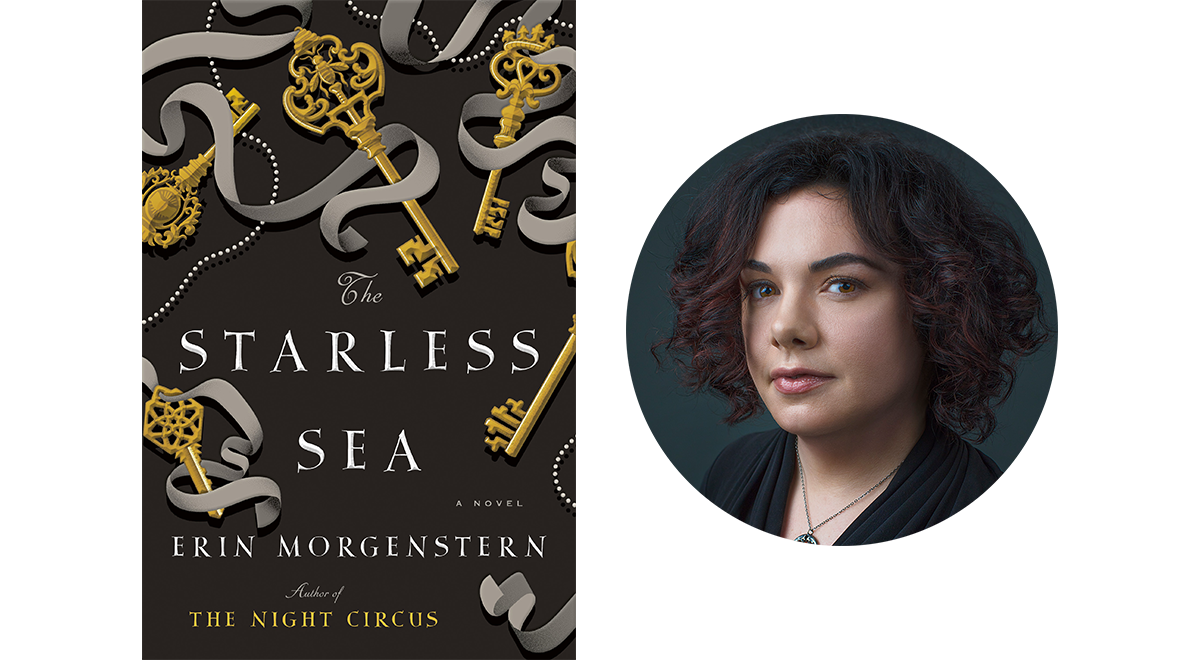
Carolyn Hartley, Administrative Coordinator
Erin Morgenstern, Tuesday, January 14
If you loved Morgenstern’s The Night Circus as much as I did, her highly anticipated second novel, The Starless Sea, will cast a spell on you from its very first page. An old book leads graduate student Zachary Ezra Rawlins on an epic quest to a vast underground library with the guidance of Mirabel, a fierce, pink-haired painter, and Dorian, a handsome, barefoot man with shifting alliances. A bee, a key, and a sword emblazoned on the book will lead them on a path to a secret underground world with pirates, painters, lovers, liars, and ships that sail upon a starless sea. Things are never what they seem. Come to the event early to go on a mysterious tour to explore bees, keys, and swords in the DMA’s collection.

Carolyn Bess, Director, Arts & Letters Live
Tembi Locke, Tuesday, February 18
After hearing author, actor, and TEDx speaker Tembi Locke at the Texas Book Festival, I immediately invited her to share her poignant story of resilience with Arts & Letters Live audiences. Her new memoir is From Scratch: A Memoir of Love, Sicily, and Finding Home, both a New York Times bestseller and a Reese Witherspoon Book Club Pick. It’s also being adapted into a Netflix series directed by Witherspoon. Locke’s story encompasses taking chances, finding love, and building a home away from home. She writes movingly and poetically about loss, grief, and the healing miracle of food, immersing readers in the beauty and simple pleasures of spending three summers in her husband’s hometown in Sicily.
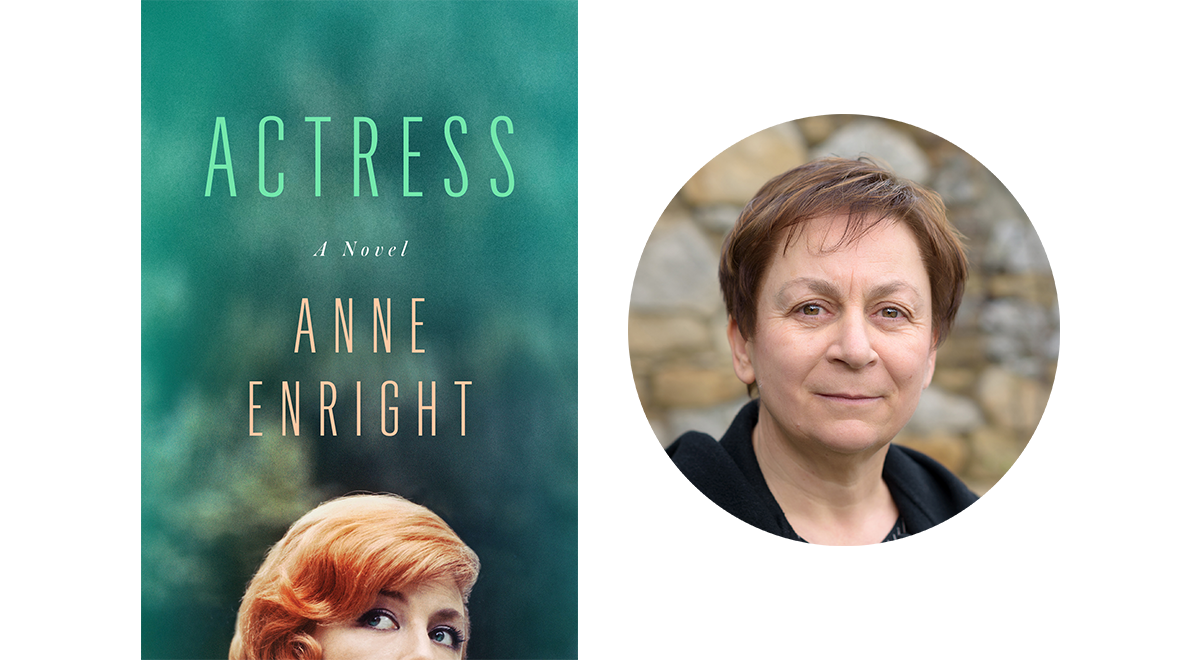
Jennifer Krogsdale, Audience Relations Coordinator
Anne Enright, Tuesday, March 10
This season, one of the books I’m most excited to read is Anne Enright’s forthcoming novel Actress (to be released on March 3). According to the pre-publication publicity I’ve read, Enright’s latest book examines the delicate and intricate relationship between a mother and daughter. Norah is grappling with the long-kept secrets that shaped her once famous mother, Katherine, while also coming to terms with unnerving secrets about her own past and what she wants for her future. Intricate family dynamics, a passion for the arts, and a bizarrely committed crime—sounds like my cup of tea.
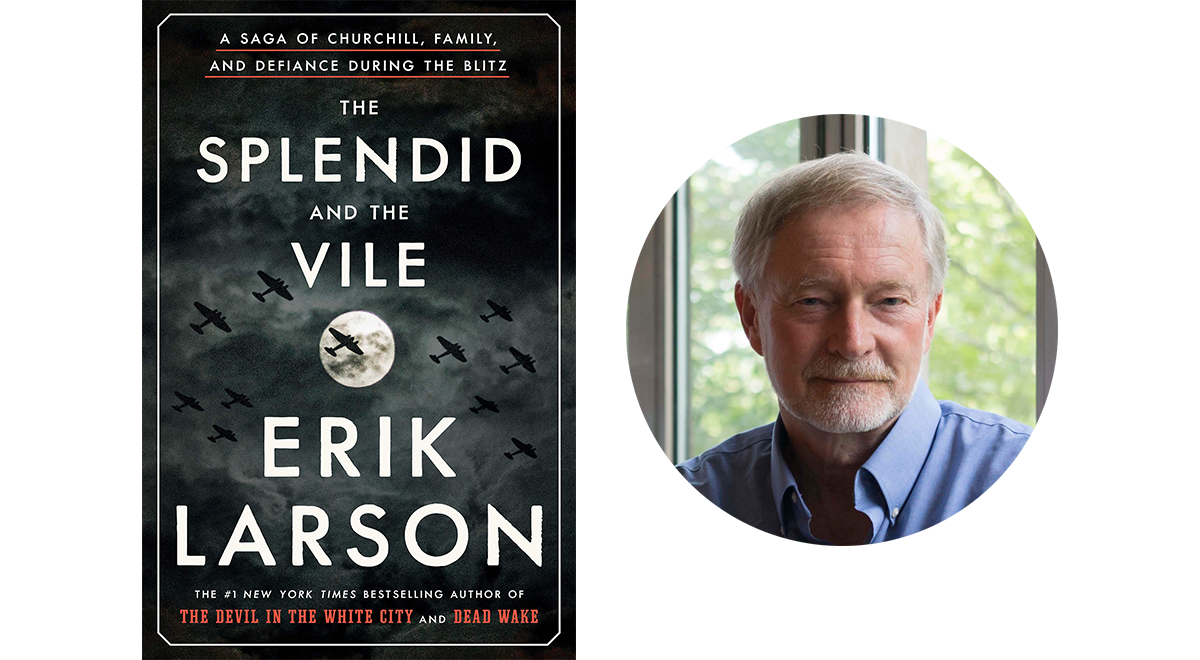
Lillie Burrow, McDermott Intern for Arts & Letters Live and Adult Programming
Erik Larson, Monday, March 30
This winter, DMA gallery attendants may report an intern lingering a little too often in the Winston Churchill gallery inside the Reves Collection, but the frequent visits will be in anticipation of Erik Larson’s newest nonfiction masterpiece, The Splendid and the Vile: A Saga of Churchill, Family, and Defiance During the Blitz. With a fastidiously researched narrative, Larson promises to deliver a fresh portrait of the famous leader, and I’m prepared to be bamboozled (again) into meticulously studying a significant historical event through the guise of an indulgent narrative. After re-binging two of my favorites, Devil in the White City and In the Garden of the Beasts, I’m eager for Larson to unveil Churchill’s secrets and to imagine myself as his confidante to the drama. So, spill the tea, Mr. Larson. I am ready to learn.
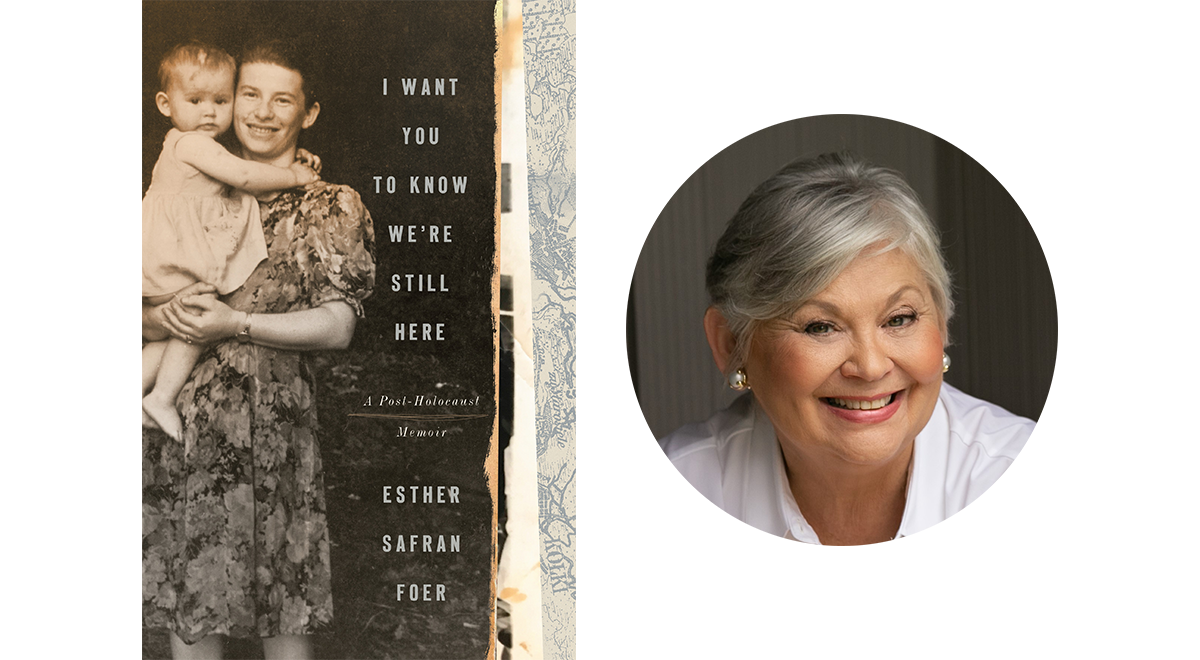
Michelle Witcher, Program Manager, Arts & Letters Live
Esther Safran Foer, Tuesday, April 14
I look forward to hearing Esther Safran Foer discuss her forthcoming memoir I Want You to Know We’re Still Here, a poignant account of growing up with parents who were Holocaust survivors, and how their unspoken anguish impacted her childhood. When Esther learns as an adult that her father had a previous wife and daughter who both perished during the Holocaust, she resolves to find out who they were. She travels to Ukraine armed with only an old photo and a hand-drawn map to re-create how her father managed to survive. Dallas Holocaust and Human Rights Museum will be a promotional partner for this event, and touring their stunning new facility deeply affected me.
